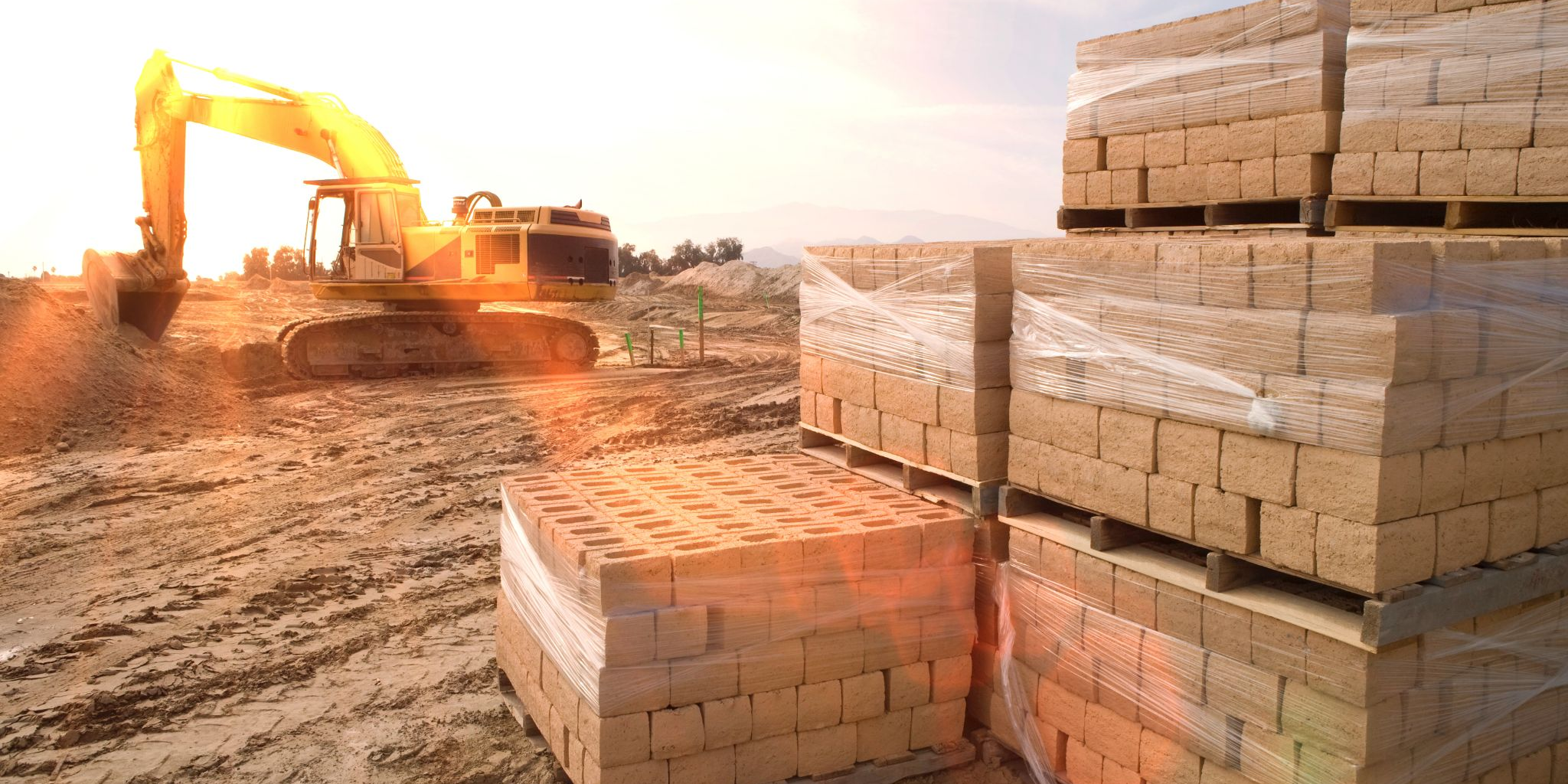Building a house is a big undertaking and must be done well at every step of the process to ensure it stays stable and secure for decades to come. Many people think of laying the foundation as the first stage of home construction, but before you can pour any concrete, you must prim and prepare the land itself. The site where a house will eventually sit is called a house pad. Preparing this site involves a thorough inspection, clearing the land of any trees or debris, and building up and then leveling the soil in the area. At the end of this first stage of construction, you’ll have a house pad that can withstand the weight of a foundation and house.
Let’s go through the process of house pad preparation to help you know what to expect.
Conducting a Final Review
The first stage of house pad preparation involves conducting a final review of the area where you’ll build your house. Before any construction occurs, you’ll want to do a walkthrough of the building site with your land clearing or house pad contractor. This is the time to double-check that your blueprints fit in your planned space. You’ll also want to check that there are no issues with your soil test reports, stake measurements, site plans, engineer reports, permits, and other important documentation. Make sure that you identify and communicate any issues with drainage, grading, easements, or vegetation (such as trees you’d like to keep) with your contractor.
Scraping the Land
The next step is scraping the land of any trees, existing buildings, debris, boulders, or other items that may be in the area. Anything under the ground, such as tree stumps or rocks, must also be completely removed. If tree roots or other debris are left under the house pad, they will decay or decompose over time, causing erosion or dirt settling, which may result in future structural issues to your home. Your contractor may also remove a few inches of topsoil, as it is often poor quality and incapable of ensuring a solid foundation.
Preparing the House Pad
Once you complete the final reviews and scrape the property, you can construct your house pad. First, you bring in specific kinds of clean soil or sand, known as “fill dirt,” and spread it across the site. This dirt will fill in ditches and level the raised land. It will also raise the site, which facilitates proper water drainage.
Next, a compactor will press down on the dirt. Compacting soil increases its density and allows it to be graded to a level so that the eventual foundation will be as stable as possible. Houses are heavy, and only soil that’s sufficiently packed down will be able to withstand the weight of a building. Once the house pad is completed, it should be assessed by a structural engineer and pass a compaction review.
House Pad Prep with Rock On Walls & Falls
Rock On Walls & Falls is a family-owned business providing top-quality excavation services in St. George, UT, and the surrounding area. House pad preparation is a critical step in the home building process, and if not done correctly, it can significantly delay your timeline and cost you thousands of dollars.
Avoid the stress when you rely on Rock On Walls & Falls to get the job done right, where every project is personally overseen by our owner, Cody. We go the extra mile to give our clients the best service possible and guarantee our results. Contact us for more information or to request a free estimate.








